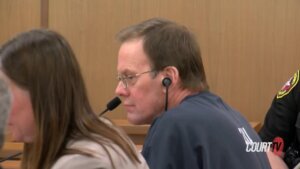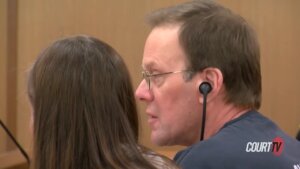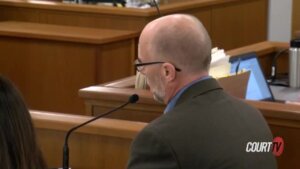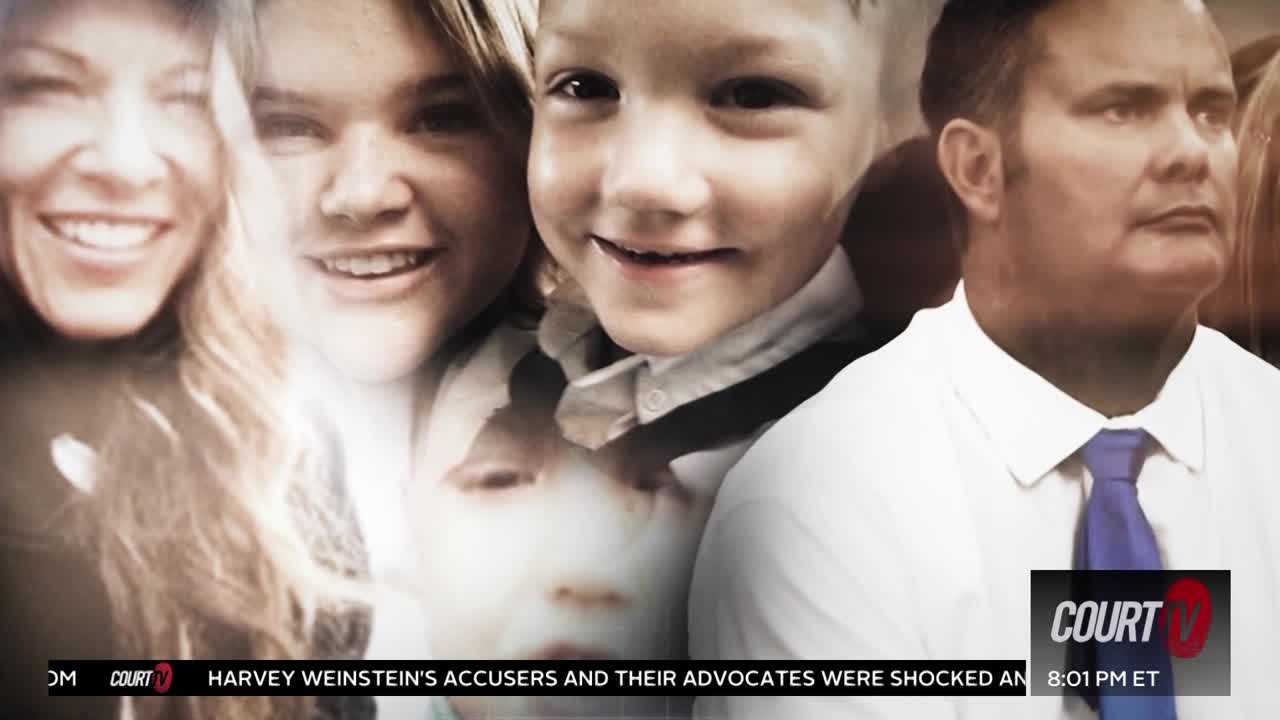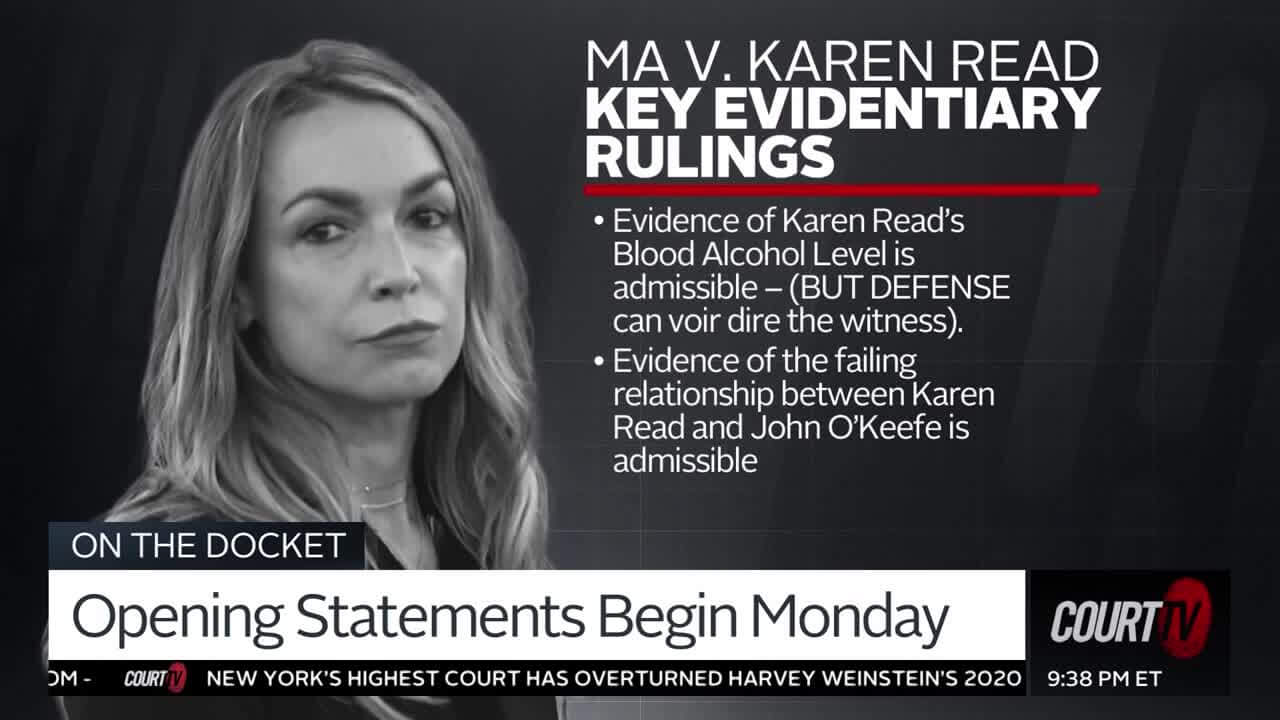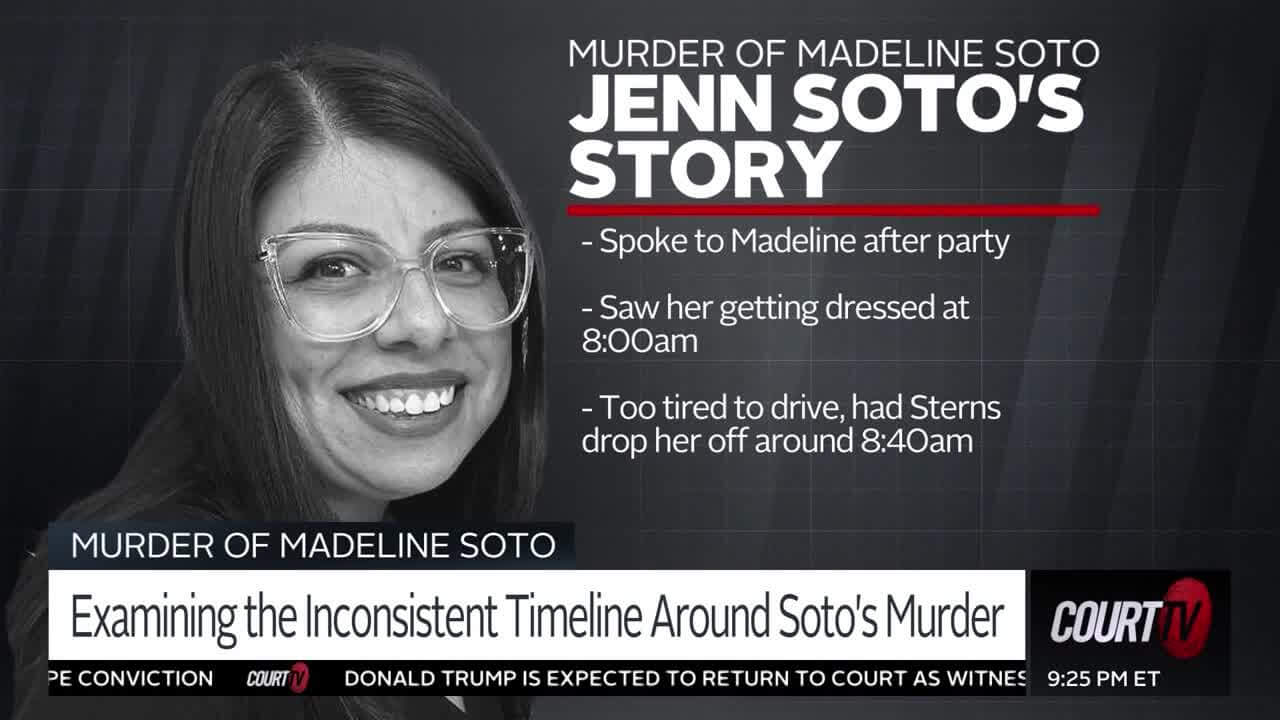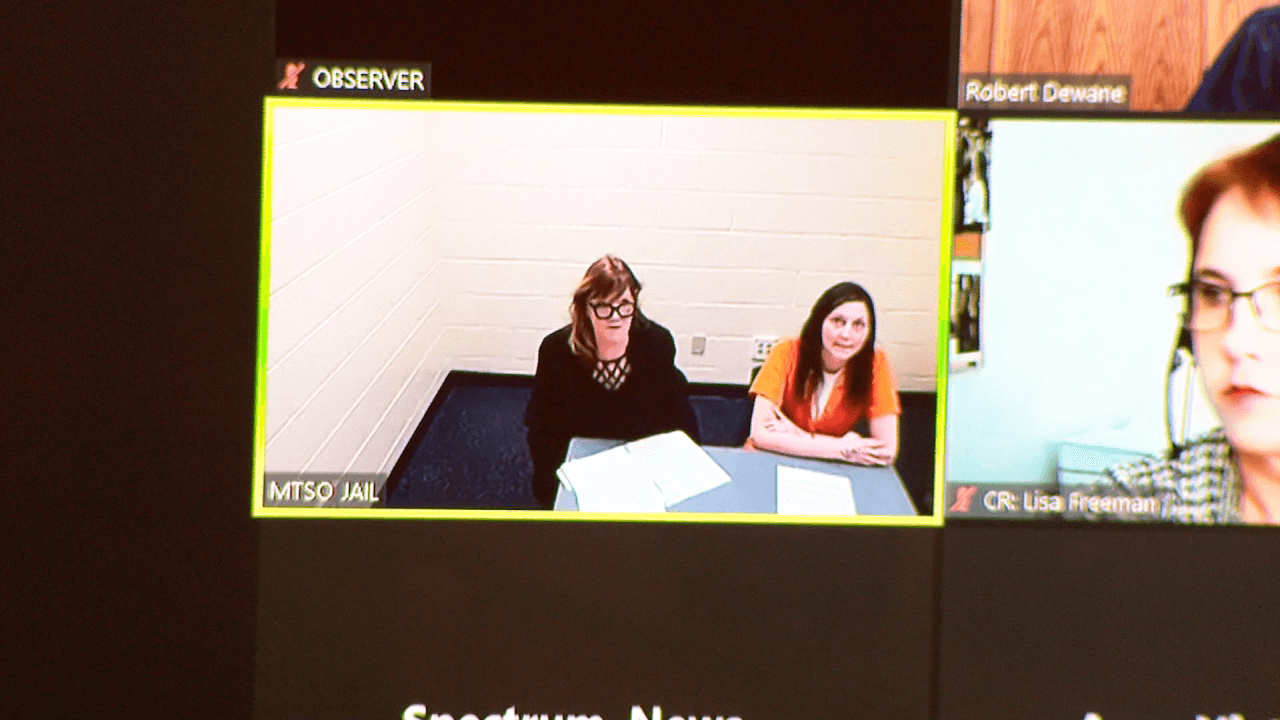KENOSHA, Wisc. (Court TV) — A Wisconsin jury deliberated for more than six hours before finding Mark Jensen guilty of first-degree intentional homicide for the 1998 poisoning death of his then-wife, Julie Jensen.
Jensen, 63, frowned as Judge Anthony Milisauskas read aloud the jury’s verdict in the packed Kenosha courtroom. No one from Julie Jensen’s family was in the courtroom for the verdict.
Prosecutors argued the former stockbroker poisoned and suffocated the mother of their two sons so he could be with his lover, who he later married and had another son with. Jensen’s defense claimed he was innocent and that Julie killed herself after years of battling major depressive disorder, which put her at a high risk of suicide. Jensen’s court-appointed lawyers declined to comment as they left the courthouse.
The verdict marked the second time a jury convicted Jensen in his wife’s death. The jury in his first trial in 2008 deliberated for about 30 hours before reaching the same decision. The six men and six women of the second jury declined to comment as they left the courthouse.
“I didn’t know at that time it was going to take a third of my life to put Mark Jensen away. But it was worth it — and I would do it again if the opportunity or necessity arose,” special prosecutor Robert Jambois said after the verdict. Jambois was among those who responded to the Jensen’s Pleasant Prairie home on December 3, 1998, after Jensen called to report his wife dead. He was also part of the prosecution team that tried Jensen in 2008.
Court TV’s Trial Archives: Wisconsin v. Mark Jensen (2008)
An appellate court overturned his conviction on the grounds that the jury should not have heard about a letter Julie sent to police saying her husband should be their first suspect if she turned up dead. The letter was excluded as improper hearsay evidence from Jensen’s retrial. But several witnesses testified Julie expressed fear that her husband was trying to kill her or make her look crazy, so she would lose her children in a divorce.
She took photos of a list in his day planner with “syringe” on it and said she feared he would use it to poison her. She gave them to police as her suspicions grew.
“She didn’t want to be labeled crazy and she didn’t want to lose her kids. With her death, Julie lost David and Douglas, and in death now she’s labeled as crazy. We’re having a whole trial on the topic of whether Julie was crazy,” Kenosha County Deputy District Attorney Carli McNeill said in the state’s closing argument Tuesday.
Prosecutors contended Jensen so hated his wife for cheating on him in 1991 that he subjected her to years of “gaslighting” and “sadistic psychological torture” by planting pornographic images around the Jensen’s Pleasant Prairie home and making hang-up calls to their residence and to Jensen’s office. Julie kept a log of the incidents, which spanned 1991 to 1998 and ended around the time Jensen’s extramarital affair began. Julie suspected her former lover was responsible and rejected suggestions from police that her husband may be responsible, an officer testified.
“The tragedy of Julie Jensen is she can’t escape gaslighting even in death, even after all this time,” McNeill said.
Jensen’s defense emphasized that Julie refused offers of money or shelter from friends and her sister-in-law so she could leave her husband, suggesting that she may have suffered from what. a defense psychiatrist described as distorted perceptions of reality.
The trial centered on mixed opinions about Julie’s cause of death, which was initially determined to be ethylene glycol poisoning. Traces were found in Julie’s system, but different labs reached different results on the precise amount. Two medical examiners revised their opinions to include asphyxiation after learning of a jail informant who said Jensen confessed to poisoning Julie with antifreeze-spiked orange juice and pushing her face into a pillow to expedite her demise.
Read More: Daily Trial Highlights | Antifreeze Murder Retrial
Assistant Public Defender Jeremy Perri said in the defense closing that the prosecution’s case was based on a “lie” from the informant, Aaron Dillard, an admitted con man facing 10 years in prison on probation violations when he met Jensen in 2007 in the Kenosha County jail.
Another sticking point was who was responsible for internet searches on the Jensen home computer for “poisoning” and “ethylene glycol,” Jensen or his wife.
The searches were deleted from the browser’s internet history, but a forensic analyst recovered them and described them to the jury.
Jensen’s sentencing is scheduled for April 14. Because the offense occurred in 1998, the judge has the option of making Jensen eligible for parole in 20 years, 15 of which he has already served. He could also sentence him to life without the possibility of parole.
The day before the verdict, Julie’s brother, Larry Griffin, shared photos of her with the media and called her a victim of domestic violence. He said he never doubted that his former brother-in-law was responsible for his sister’s death.
“We’re following through on Julie’s words, desperate words that she wrote on November 21st, 1998: ‘If anything happens to me, he would be my first suspect, ‘” Griffin said.







